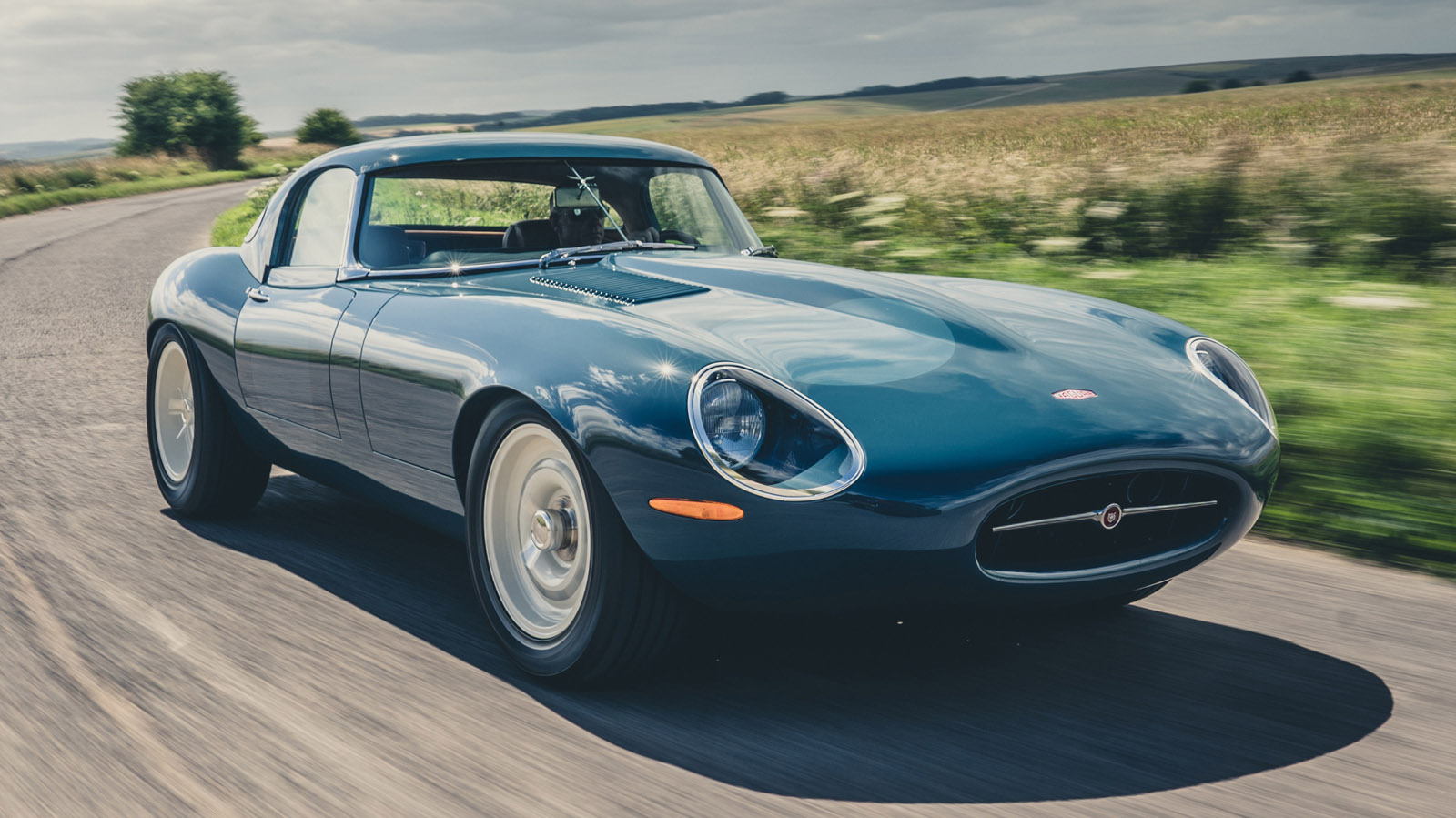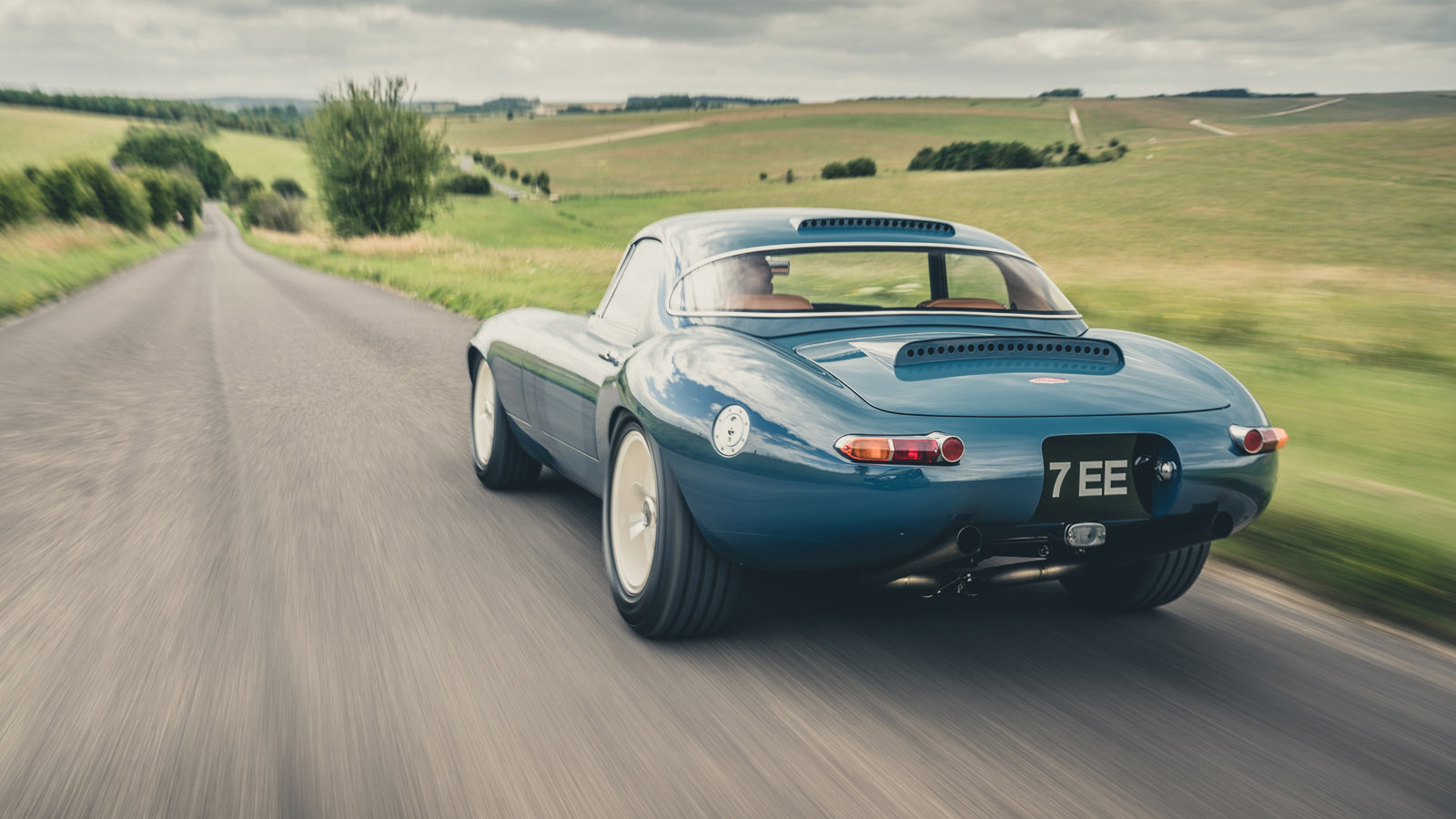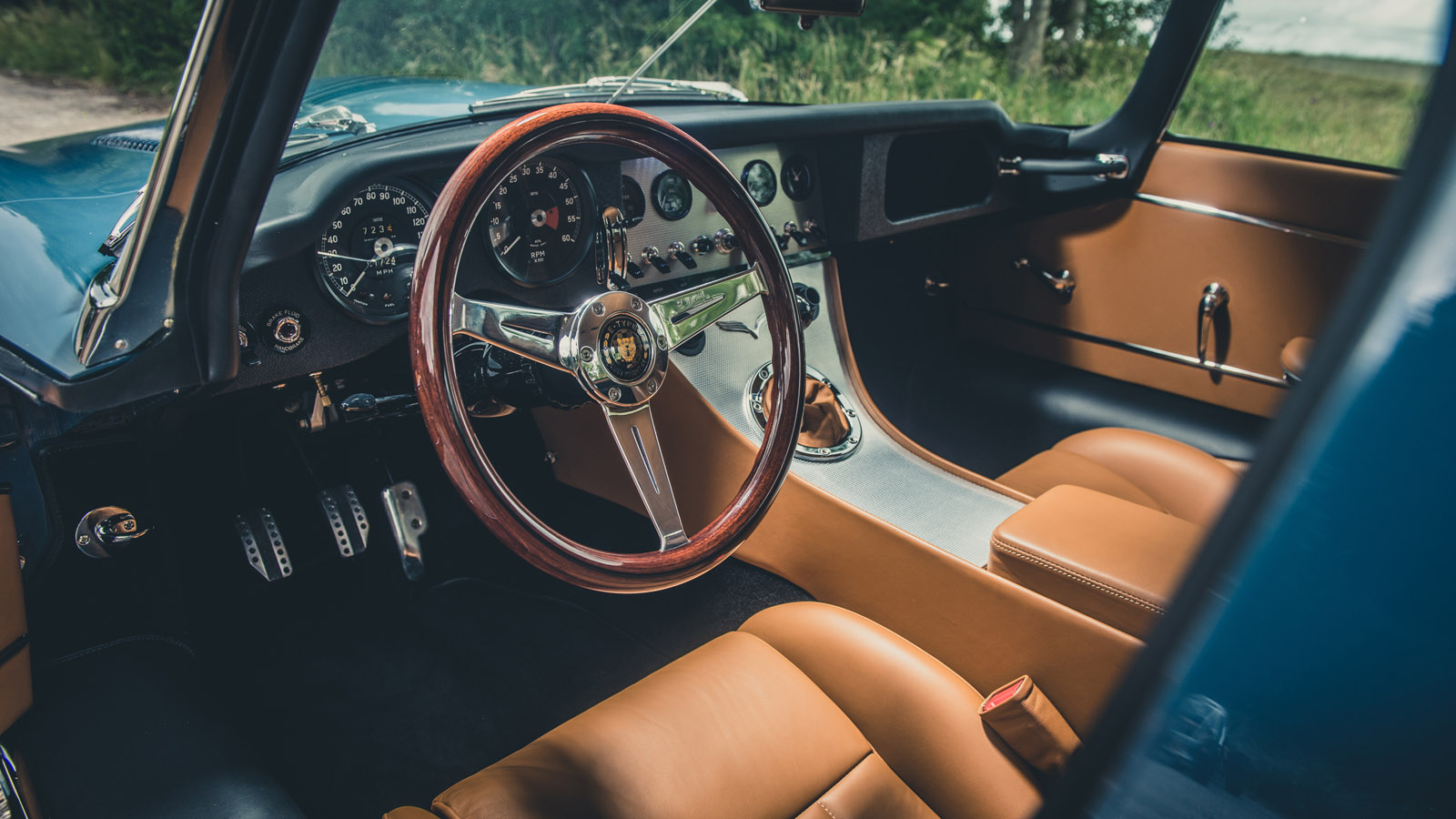
Eagle Lightweight GT review
Driving
What is it like to drive?
Are we losing the spirit of driving? Here’s a car that makes you think we might well be getting it wrong. Imagine a car so addictive in its manners and behaviour that all you want to do is drive. Imagine a car that sings, not just from its rasping engine, but from every component.
Modern supercars aren’t like this. You digest them in chunks. A couple of minutes of sweaty insanity, then you back off and have a word with yourself. End result: the car and driver are often only communicating properly in short bursts. But halve the power, halve the weight, remove the complication and let the mechanics reveal themselves instead of being cloaked behind electronics, and you have a very different, much richer and more involving experience.
You twist the key in the dash centre and thumb the starter button. It catches immediately and instantly fulfils all your fantasies about being sat on the start line at the Goodwood Revival. The clutch operates beautifully, the gearbox snicks gracefully into first and with no apparent effort, you’re off.
And it’s this economy of movement, this perfectly judged response that tells you, well, tells you you’re not actually in an original E-type. There’s no play in the steering, no creaks from the cabin, the gearbox isn’t a maze of blind alleys, the engine doesn’t baulk low down. These are not flukes. They’re the result of years and years of knowledge carefully, diligently, applied – the craftsmanship that goes into the bodywork is mirrored in the way the Eagle is set-up to drive.
The 4.7-litre straight-six breathes through triple Weber 45 carburettors. Eagle says they’re a pain to set up and can be temperamental. They’ve found the balance, no question. Zero hesitation or stuttering low down, and then this rich, immediate torque delivery and glorious accompanying music as the revs rise. It’s muscular, torquey in a way only a beefy naturally aspirated engine pushing 'not much' can be. Then at 3,500rpm it really comes on cam, the rasping intensifies, the Lightweight GT kicks again and you’re off on your way to the 5,800rpm limiter. And you get there fast.
You get everywhere fast – much quicker than anyone who clocks a vintage E-type would ever expect. It’s not a car you want to test the 0-60mph of, but with a power-to-weight ratio of around 380bhp/tonne, it’s fast in a way proper modern stuff is fast. Even with a manual gearchange. No ABS or traction control to save you if you get it wrong, but at no stage will you be worried about that because you get such communication and confidence from the car.
Despite Eagle’s modifications (chiefly larger box sections in the sills) there is a bit of shiver through the chassis, but it never rattles the steering column or throws the car off line. Instead you turn in, you need more lock than you would in a modern car and the steering wheel rim is bigger, but you steer it lightly, with your fingertips, and it responds accordingly. Hands and wheel set up a dialogue.
You do the same with the chassis balance. It doesn’t roll much, but the high profile tyres (205/60 R16 and 235/60 R16) have that bit of squidge to let you know which end is working hardest. The Ohlins dampers are adjustable and, if it were me, I’d be tempted to back them off a little, just introduce a hint more roll and pliancy. But then the Lightweight GT is a racer, and if you approach it from that angle, you realise the set-up not only suits it, but is also very forgiving and benign. You don’t slide £800,000 one-off restomods around without being extremely confident in the car’s behaviour.
Grip is just out-matched by power, but it’s so beautifully delivered and controllable that you find yourself not wanting to stop driving. Diving into corners, letting the Lightweight squat, getting on the power, feeling the weight transfer backwards and the rear tyres maybe squirm a little as the 4.7 howls again.
It’s an addiction – the addiction of lightweight and precision engineering. Because all the while you’re driving, you’re also thinking about the componentry underneath, the cylinders thrashing up and down, the magnesium diff casing, the Inconel exhaust glowing hot. This knowledge enriches the experience, introduces a desire not to go fast, but just to operate it well, feel the gear lever click softly into the next gear, the engine come on cam.
If I’ve got a criticism of this one, it’s that the gearing is too long, the engine just dropping out of the powerband between gears. It’s no biggie, and it's just how the owner wants it set up – and it does mean it pulls less than 2,000rpm at 70mph, making it surprisingly capable for long drives. You can have it with a retro hi-fi, and you’ll be able to listen to it, because it’s much quieter inside than out.
Out, especially when you lift off the throttle, is raucous. The Lightweight GT is narrow on the road and that long bonnet isn’t as intimidating as you expect, nor does it feel like you’re perched on the back axle. Strong brakes, too. They’re lovely to operate, natch. The biggest compliment I can pay is it drives like you’d imagine a classic to drive in your wildest dreams.
Featured

Trending this week
- Car Review
Ferrari Amalfi
- Long Term Review
Is the Suzuki Swift still the best small car money can buy?






